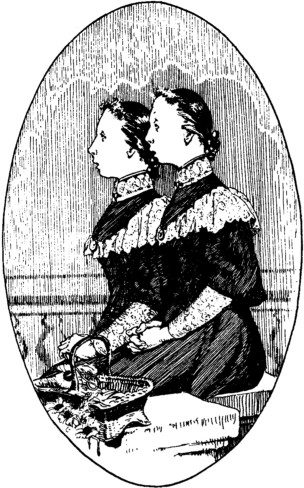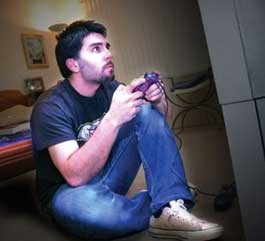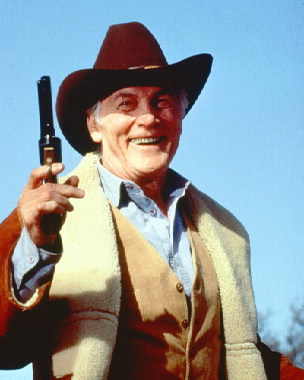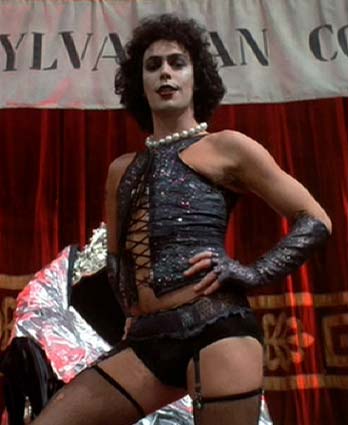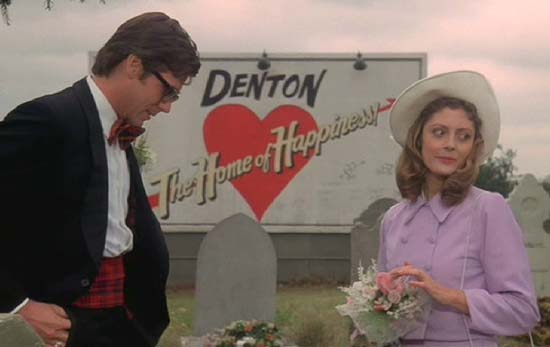http://www.bendweekly.com/Opinion/7534.html
Jun 22,2007
So-called patent reform cheats U.S. inventors
by
Phyllis Schlafly
The globalists are making a new attempt to circumvent and weaken a right explicitly recognized in the U.S. Constitution: Americans' exclusive ownership of their own inventions.
Fortunately, Sens. Tom Coburn, R-Okla., Charles Grassley, R-Iowa, Jon Kyl, R-Ariz., Jeff Sessions, R-Ala., and Sam Brownback, R-Kan., have exposed this mischief and called on Senate Judiciary Committee Chairman Patrick Leahy, D-Vt., Sen. Arlen Specter, R-Pa., to slow down and discuss the proposed legislation before making costly mistakes.
As we've learned with "Comprehensive Immigration Reform,"
we should all be on guard any time politicians patronize us with pompous talk about "reform." The so-called Patent Reform Act of 2007 is not reform at all; in one package, it betrays both individual rights and U.S. sovereignty.
It's no accident that the United States has produced the overwhelming majority of the world's great inventions. It's because the Founding Fathers invented the world's best patent system, which was a brilliant stroke of inspired originality when the Constitution was written in 1787, and still is stunningly unique in the world.
The political pressure for the new bill comes from the "world is flat" globalists who want to level the U.S. patent system with other countries. "Harmonization" is a favorite trigger word in their arguments.
For example, in introducing new bill, Rep. Howard Berman, D-Calif., said it will "harmonize U.S. patent law with the patent law of most other countries." The explanation of the bill issued by Leahy's office states that the bill's purpose is to eliminate "a lack of international consistency."

But because the U.S. system produces more important inventions than the rest of the world combined,
why should we legislate "consistency" with inferior foreign policies?
The uniqueness of the American system is that "inventors" are granted "the exclusive right" to their inventions "for limited times" (usually about 18 years) after which the invention goes into the public domain. Exclusivity was assured because U.S. courts would uphold the inventor's patent against infringers, and the U.S. Patent Office would not disclose any information in a patent application unless and until the legal protection of a patent was granted. Rejected patent applications were returned to the applicants with their secrets intact.
The so-called patent "reform" of 1999 radically changed this to allow the U.S. Patent Office to publish the details of inventions 18 months after they are filed, unless the inventor agrees NOT to file a patent application in another country. Other countries do not respect inventors' rights granted by the U.S. Patent Office.
Inventors say the U.S. Patent Office is now taking an average of 31 months to grant a patent! So, when the Patent Office publishes (i.e., posts online) a patent application before a patent is granted, this gives patent pirates all over the world an average of 13 months (31 minus 18) to study detailed descriptions of virtually all U.S. patent applications, steal and adapt these new American ideas to their own purposes, and go into production.
Foreign governments, foreign corporations, and patent pirates are thus able to systematically "mine" U.S. patent applications and steal American-owned inventions. The 2007 "reform" bill's "harmonization" is a fraud because it does nothing to require or induce other countries to respect U.S. patents.
The unconscionable delay in processing patent applications resulted when Congress diverted the fees paid by inventors into pork and other pet projects. That meant the Patent Office could not hire the additional examiners it needed to process the rising number of domestic and foreign patent applications, and so a massive backload built up.
What recourse does the inventor have? If the infringer is in another country (China is a notorious thief of intellectual property), the U.S. inventor must have filed a patent application in that other country and the lawsuit must be filed there.
The proposed Patent Reform Act of 2007, sponsored by Sens. Leahy and Orrin Hatch, R-Utah, and Reps. Berman and Lamar Smith, R-Texas, would further reduce inventors' rights. For the sake of "international consistency," it would convert the U.S. system to a "first to file" system, thereby replacing our unique and successful U.S. "first to invent" system.
The U.S. gives priority to the first one who actually invents something rather than to one who simply files papers about what he plans to invent. The change to "first to file" would create a race to the Patent Office and would severely disadvantage the small and independent inventors who lack the resources of big corporations.
Much more is wrong with the Patent Reform Act of 2007, but I've run out of space, so stay tuned.
- - -
Phyllis Schlafly is a lawyer, conservative political analyst and the author of the newly revised and expanded "Supremacists." She can be contacted by e-mail at phyllis@eagleforum.org.
Steppy note: OK. A constitutional law scholar she is not. But nonetheless Schlafly drills the emotional outrage into the minds and hearts of her ordinary readers.








